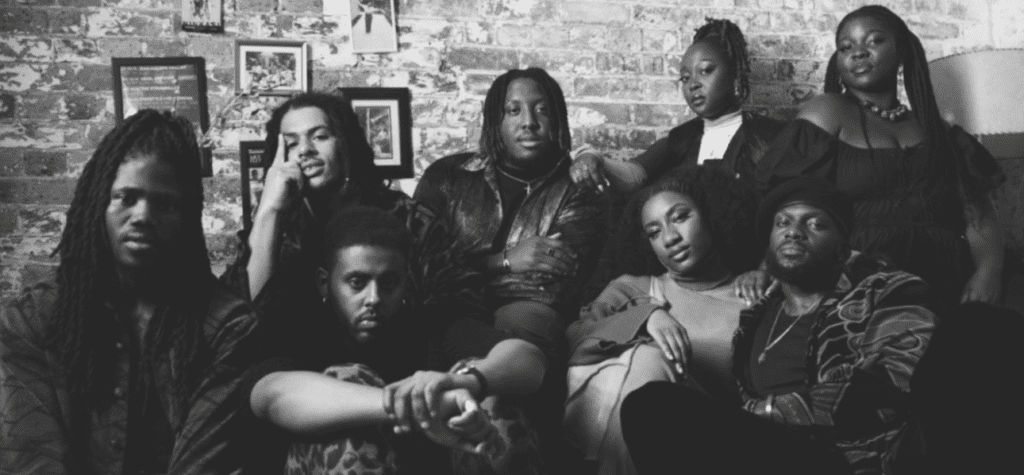Not many artists have scored a booking at Coachella before ever having set foot inside the United States, but that’s the enviable position in which the eclectic eight-piece London outfit Kokoroko find themselves at the moment.
The group first pricked up the ears of forward-looking music connoisseurs with their 2019 self-titled EP, and became a word-of-mouth sensation on the strength of their 2022 full-length debut Could We Be More. Before dropping in on the annual California desert festival in April, Kokoroko will warm up with their maiden U.S. show tomorrow (March 20) at New York’s Le Poisson Rouge, with a performance at the prestigious Big Ears festival in Knoxville, Tn., to follow the next day.
More from Spin:
Indeed, Kokoroko’s sound — an entrancing, groove-rooted concoction informed equally by jazz, Fela Kuti’s Afrobeat and the larger Black music diaspora — is tailor-made to be experienced in a live setting. In a few short years, it has earned them a sizable following in the U.K. and Europe alongside similarly progressive artists such as Tom Misch and Yussef Dayes, Neue Grafik Ensemble and Sons of Kemet and Tom Misch and Yussef Dayes, all of whom long to push jazz beyond its real or imaginary constraints.
“When we started, a lot of the guys had studied jazz or grew up playing it,” says percussionist Onome Edgeworth. “At first, we were playing Afrobeat and highlife covers for a year-and-a-half, to get used to the music. The goal was always to write and start incorporating our own sound. When we started writing, we said, there’s no rules. Whatever you want to bring in, bring in. Whatever influence that is, it will find its context within the group of people we have. We have the freedom to move around and bring in any sound that we like.”
“We had to let go of certain pressures,” adds bandleader/trumpeter Sheila Maurice-Grey. “We’re not going to write the most perfect Afrobeat song or highlife song, so what’s the best way we can express ourselves? That’s what you’ve heard on the most recent album and definitely the music to come. We’re super excited about that. It has definitely been a good process in terms of opening up our sound and the message we’re trying to relay.”

Band members are proud that the Miles James-produced, Brownswood Recordings-released Could We Be More finally captured the alchemy of Kokoroko’s live performances, best heard on songs such as the aptly named “Soul Searching” and the rousing “We Give Thanks,” which is potent enough to inspire an instant dance party. An album of eight Could We Be More remixes was also released late last year, amplifying the boisterous beats, stoney detours and sparkling atmospherics tucked into the original tracks.
“We always felt that our music live feels a certain way, but when we record it, it’s not the same,” Edgeworth admits. “How do we get that energy onto a record? That’s the main thing we went to Miles with. Then, you start playing the songs live, and you have the same problem in the opposite direction. The energy may not feel the same, and that’s because there’s a magic in the studio. It comes back to jazz. The truth isn’t playing it exactly the same. The truth is taking the feeling that song has and putting it onstage in some different, interesting way.”
“It will only inform what we write next, and really open up doors,” Maurice-Grey says of the process. “We don’t necessarily have to write the same music again. It’s all a journey. Growing with that is an important part of who we are as a band.”
If they can help a new generation of listeners discover adventurous music being made by people their own age as opposed to stodgy old purists, even better. “Over time, we’ve seen the crowds get younger and more excited,” Edgeworth enthuses. “The vibes at the shows, and the amount of young people coming out, are more than we could have ever imagined.”
To see our running list of the top 100 greatest rock stars of all time, click here.
